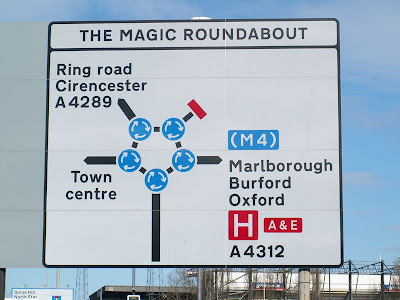Today a
couple of
places have asked if driver error may be the problem afflicting Toyota. The question is spurred by a
Los Angeles Times piece that lists the ages of many of the victims of sudden acceleration over the past 15 years or so. Here are the ages:
The ages: 18, 21, 22*, 32, 34, 44, 45, 47, 56, 57, 58, 60, 61, 63, 66, 68, 71**, 72, 72, 77, 79, 83, 85, 89.
*Passenger victim was 22 and “friend” of driver.
**Passenger victim was 71 and married to husband-driver for 46 years.
So perhaps there is something to this, and old people are suffering from sudden acceleration through their own errors. Of course, there is a sample bias here, which
Marginal Revolution addresses by looking at the overall safety record of elderly drivers:
Statistical Addendum: A number of commentators are worried about selection effects (hat tip Don). Here is background information from FARS. In 2008 there were 50,186 drivers involved in a car accident with a fatality. Of these 8066 were 60 years of age or over. Thus in 2008 the probability that a driver in a car accident with a fatality was 60 years of age or over was 16%. Using the figures above the probability that a driver in a car accident involving sudden acceleration in a Toyota was about 54%. Of course, the sample size is very small.
But this isn't the right metric. The appropriate comparison is what is the age of Toyota owners, and do the reports of out-of-control autos jibe with that distribution. After all, if we were talking about
Ferraris catching on fire we wouldn't wonder why only rich people were the victims. It just happens that you have to be rich to have a Ferrari. Maybe you have to be old to drive a Toyota. They are sort of boring cars.
Fortunately we can use actual data to look at this. Using the
2009 National Household Travel Survey I calculated the average age of Toyota and Lexus owners at 55.6 years. So I don't think the distribution of ages for Toyota problems points to targeting the elderly for accidents. It probably follows the overall distribution of Toyota/Lexus owners pretty closely.
UPDATE:
Megan McArdle at the Atlantic looks at all the cases the LA Times reported and bolsters the case that Toyota is not picking on the elderly and that driver error is at least as likely as electronics error. From the data available we just don't know what happened in all cases, but driver error should not be ruled out.




